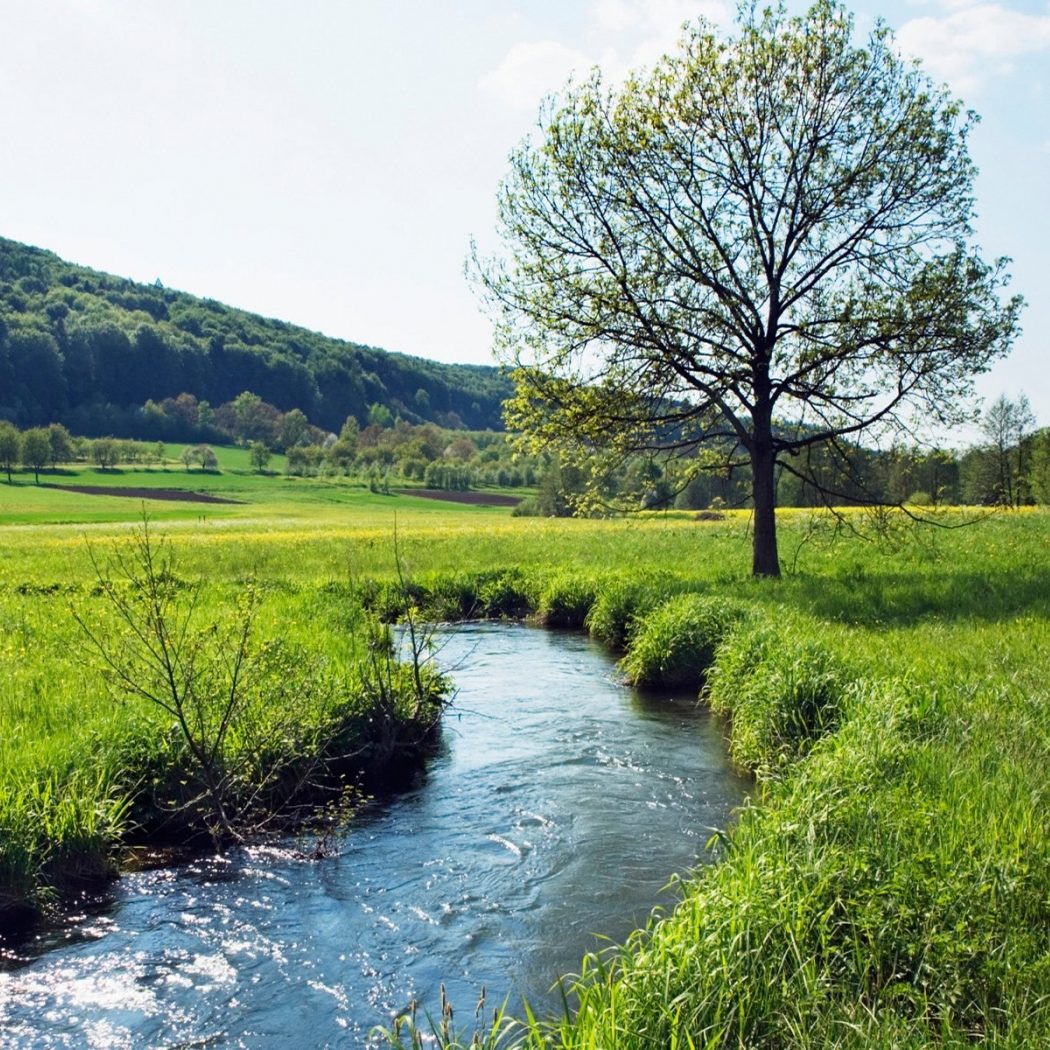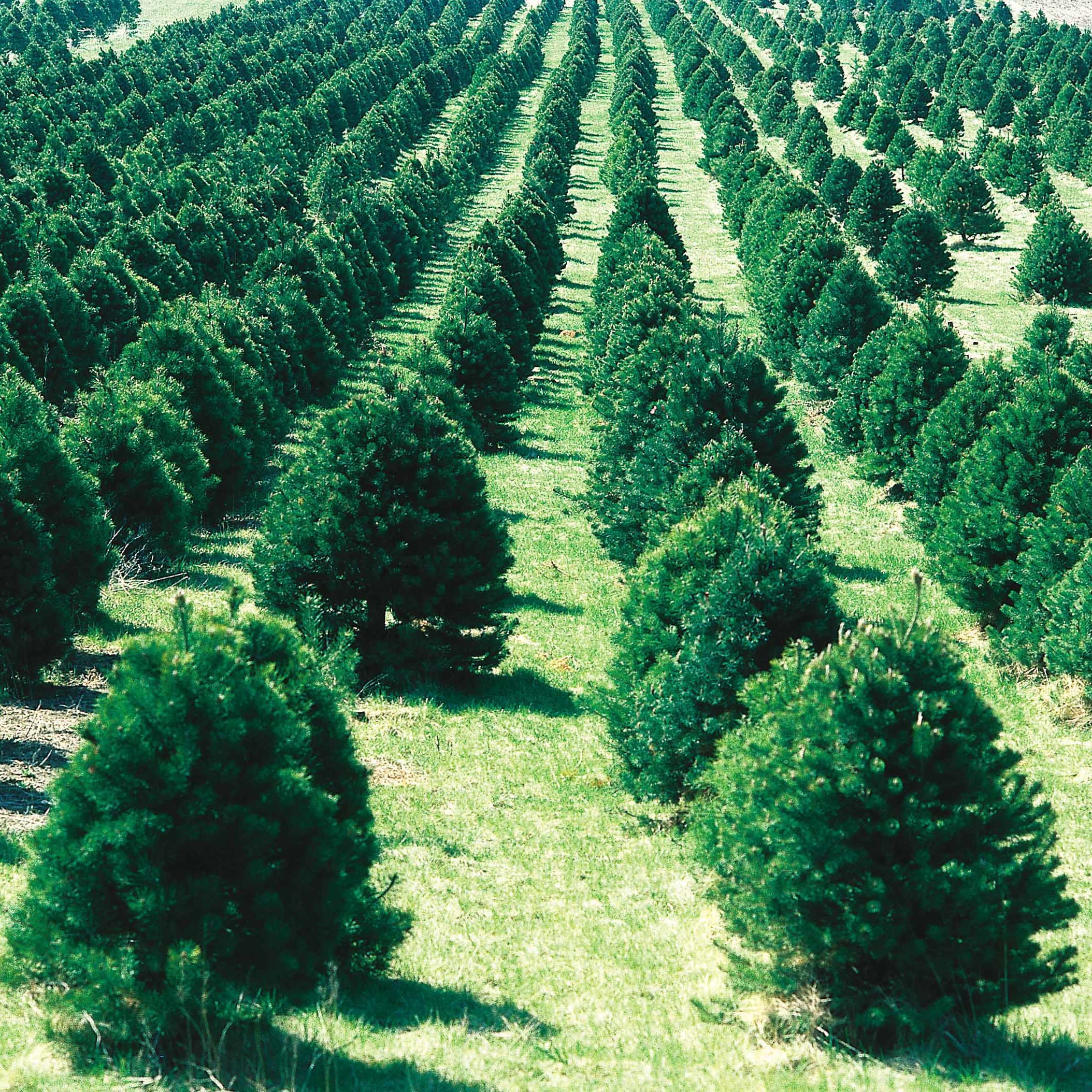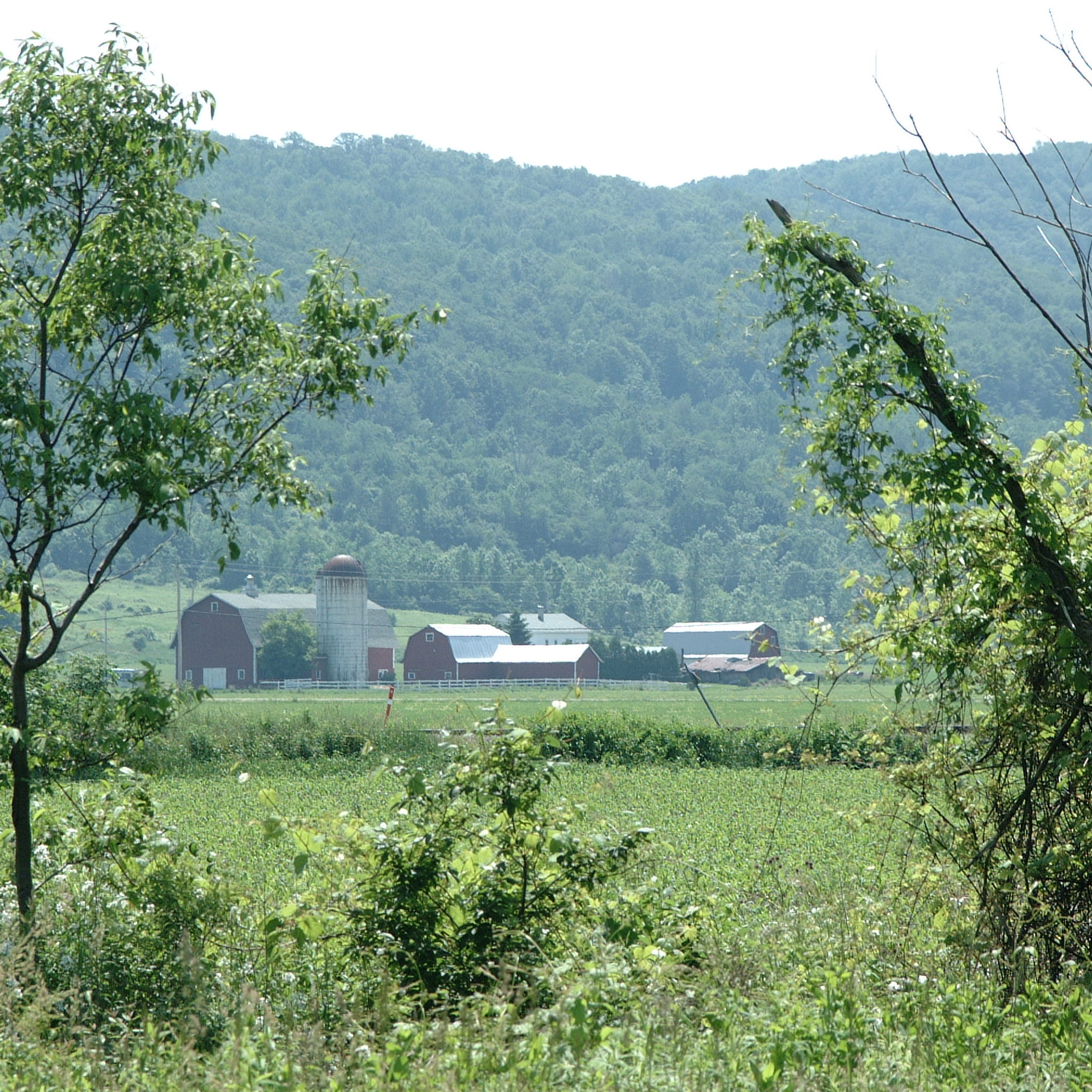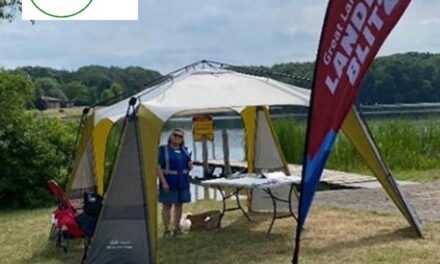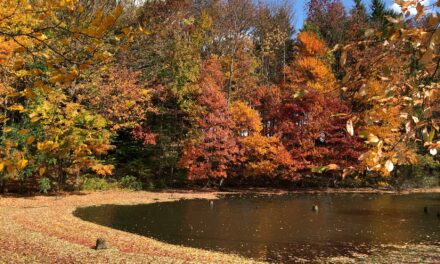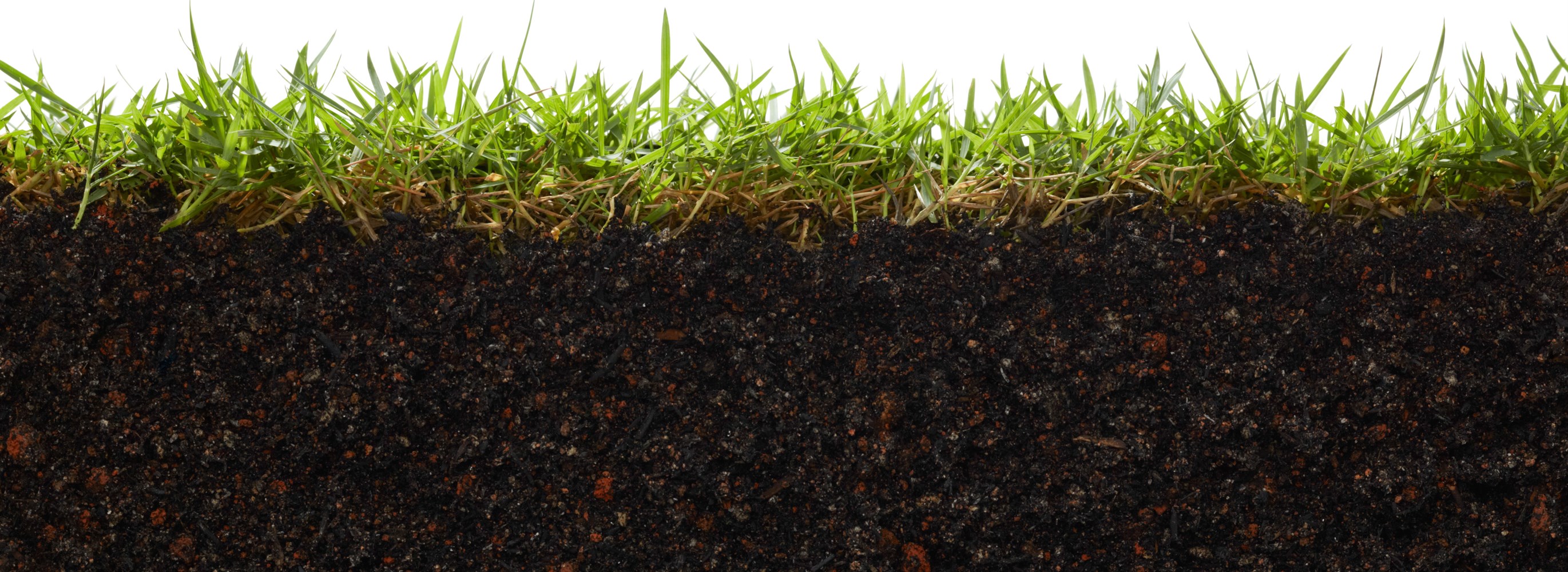Looking for a natural and long term solution to drifting snow and excessive wind? A living snow fence just might be the answer. A snow fence functions by slowing wind velocity and reducing the wind’s ability to transport snow. When the wind is disrupted by the barrier fence, snow can no longer stay suspended in the air and then falls to the ground. The majority of snow accumulation is on the downwind side of a snow fence. If properly placed, a snow fence can drastically reduce snow accumulation and drift on driveways, roads, and any other area that needs protection.
Believe it or not, a snow fence is most effective when it allows some wind to blow through. A living snow fence is simply a strategically planted and established row (or multiples rows) of trees and/or shrubs. A snow fence often works best if it is installed a little ways away from the area you intend to protect. Generally the distance separating the fence and the targeted area should be about 10 times the height of the plant being used. Streamco willow typically grows about 15 feet high, and would therefore be planted approximately 150 feet away from the area to be protected. The most common species used in Central New York are Norway spruce and Streamco willow, which is a hybrid shrub species.
There are benefits and drawbacks to both trees and shrubs. The benefits of trees are that they grow tall enough to work as a great wind block and have relatively long life. The drawback is the slow rate at which they grow. The shrubs usually grow more rapidly and can start to impact wind and drifting snow within 2 to 3 years. The downside is that they have a much shorter lifespan and don’t grow as tall as the trees. For these reasons some elect to plant both together, this way they get quick results and a longer lasting snow fence.
Living snow fences also have benefits beyond the winter season. They make great year round wind breaks and privacy screens, and they provide great habitat for birds and other wildlife. Snow fences can also be utilized to collect and store water. If installed properly, one could capture the water from the melting snow. Additionally they can protect against dust plumes in areas that may experience dry, loose soils in the summer.


